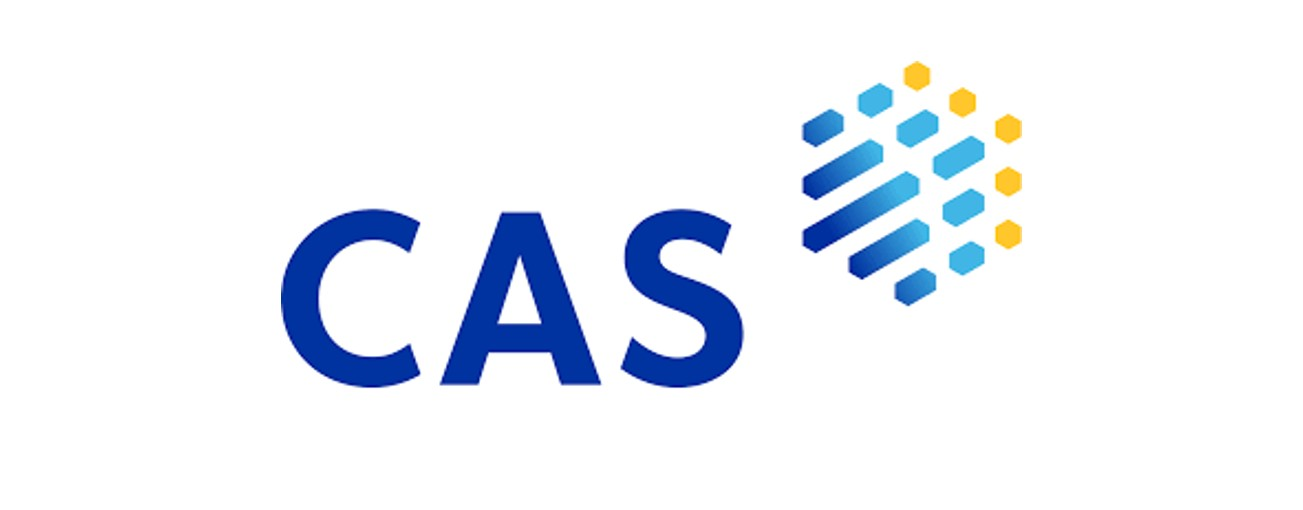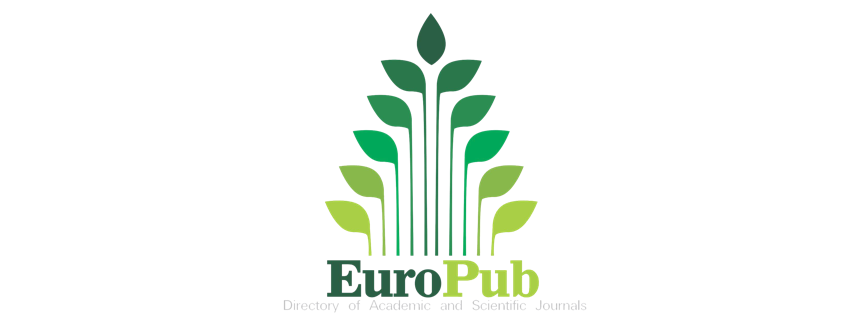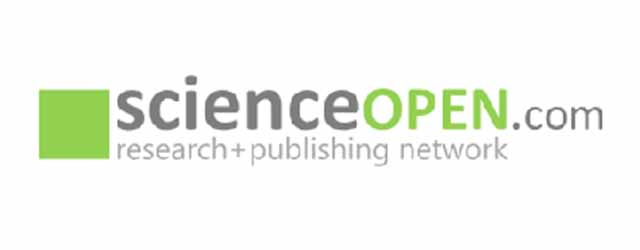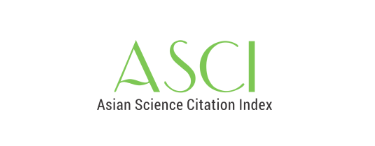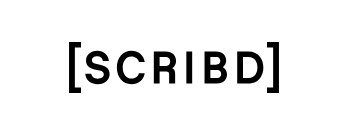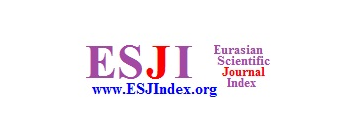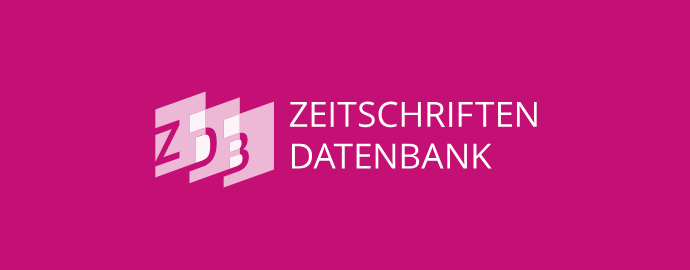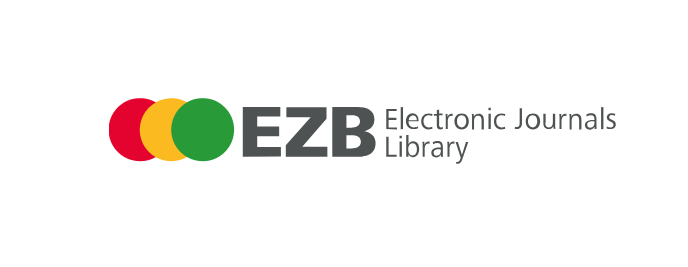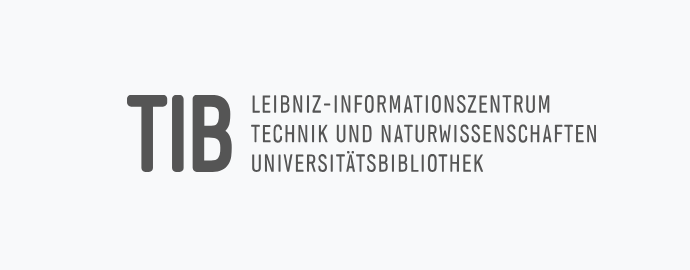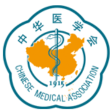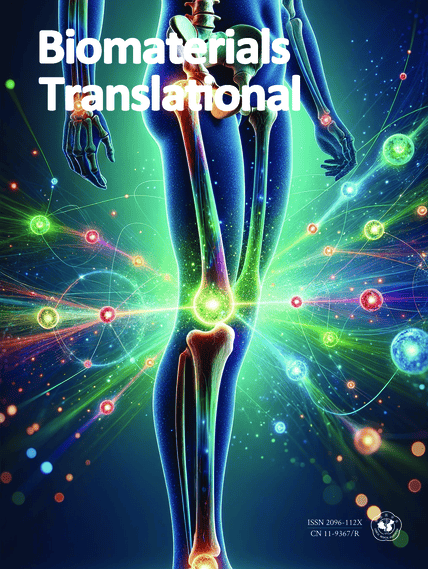
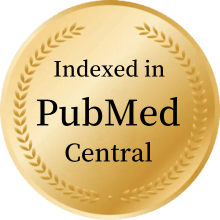
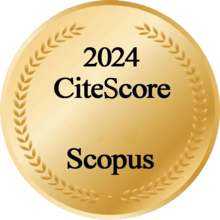 9.8
9.8Electronic ISSN: 2096-112X
Biomaterials Translational (eISSN: 2096-112X)is a journal publishing research at the interface of translational medicine, biomaterials science and engineering. The journal publishes original, high-quality, peer-reviewed papers including original research articles, reviews, viewpoints and comments. Translational medicine is an interdisciplinary field that applies emerging new technologies and sciences to the prevention, diagnosis and treatment of human disease, with a particular focus on animal disease models in the application of biomaterials for treatments. Thus, the journal highlights breakthrough discoveries in basic science and clinical application of biomaterials, as well as other significant findings related to the translation of biomaterials. The scope of the journal covers a wide range of physical, biological, and chemical sciences that underpin the design of biomaterials and the clinical disciplines in which they are used. This journal is oriented towards materials scientists and chemists who are interested in the clinical applications of novel biomaterials as well as clinicians from all disciplines who are interested in materials sciences.



